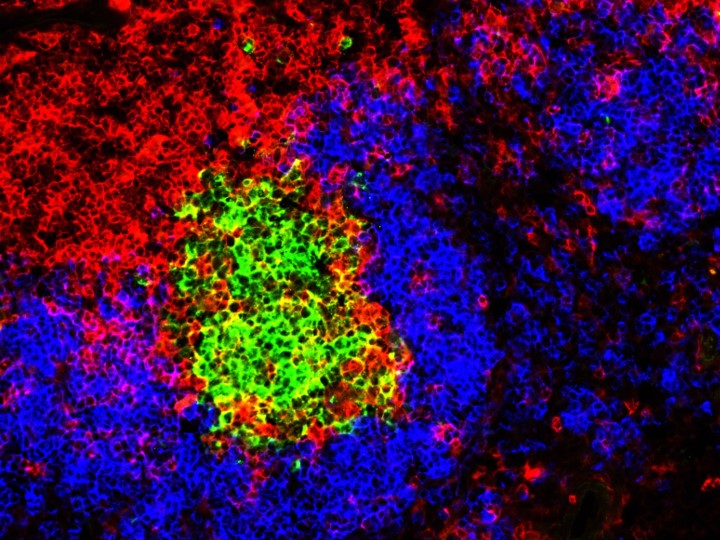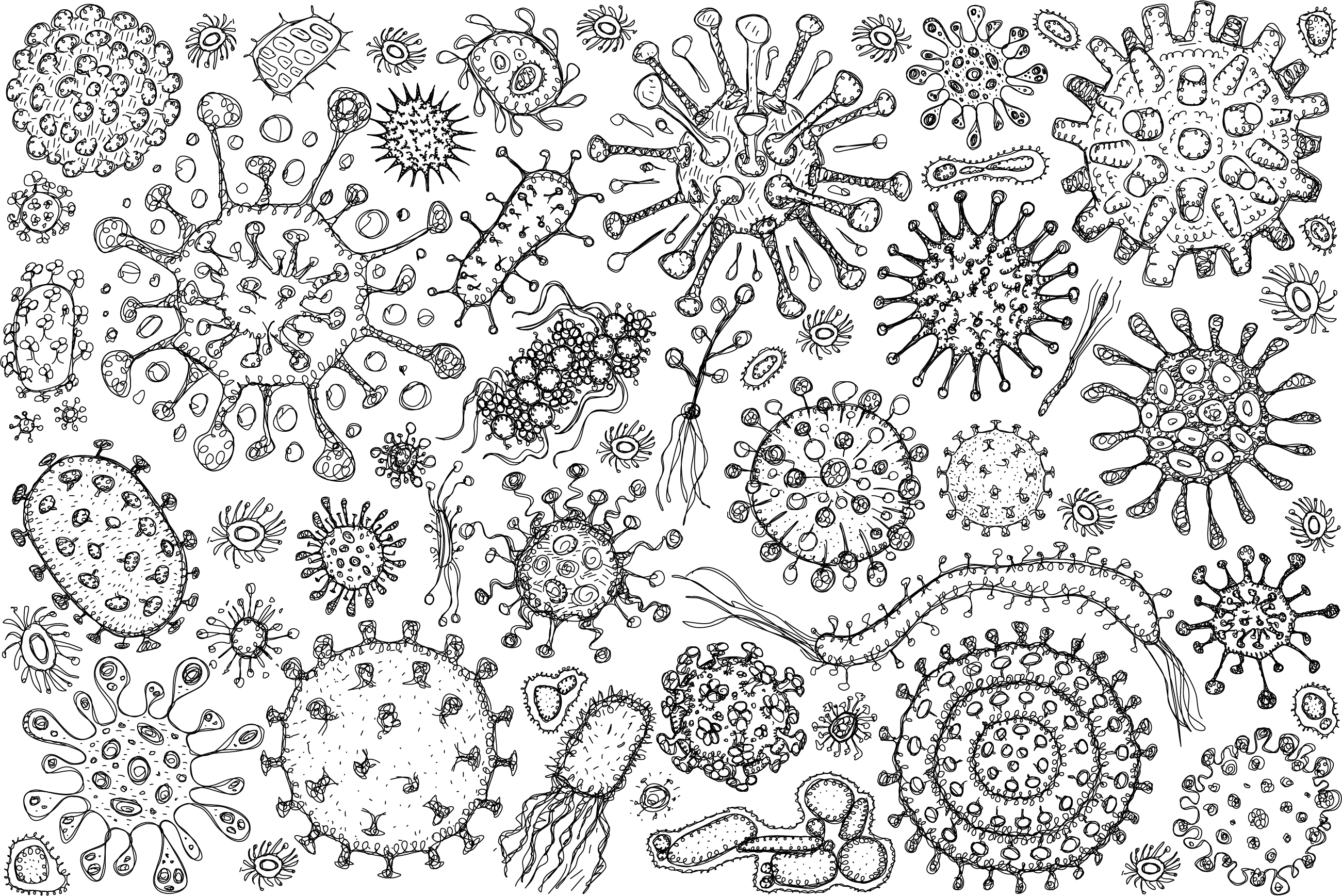
As a new assistant professor, Domeier will explore immune regulation strategies to treat autoimmune diseases and enhance the potency of vaccines.
By Sarah Anderson, PhD
Phillip Domeier wasn’t entirely sold on studying biology — until he found himself fascinated when he began learning about immunology in college. “This whole concept of the back-and-forth between the environment and pathogens around us and how we constantly evolve to adapt — I realized it's like this Rube Goldberg machine of different components that all work together to try to keep us safe and alive,” he said.
And like that Rube Goldberg machine, one thing led to another in Domeier’s career. He met Courtney Lappas, then a passionate new professor of immunology at Lebanon Valley College, participated in undergraduate research in her lab, and went on to pursue a PhD in biomedical sciences at Pennsylvania State University.
There, under the mentorship of Ziaur Rahman, Domeier investigated how B immune cells become dysregulated so that they are harmful rather than helpful in autoimmune diseases like lupus. He pinpointed a key player in the germinal center, a dynamic immune structure that forms in the spleen and lymph nodes. In response to infection, germinal centers activate and expand, ultimately producing B cells that recognize and target the pathogen. Domeier discovered that in lupus, a class of cytokine immune signals known as interferons break the germinal center and cause it to generate destructive B cells.

Exploring ways to fine-tune activity in germinal centers to modulate immune responses has become the pillar of Domeier’s work. Building upon research he conducted as a staff scientist at the Benaroya Research Institute in Seattle, he is developing mouse models of lupus and IPEX syndrome, a genetic autoimmune disorder that is fatal in young children. He will use these models to study how production of B cells in germinal centers is affected by environmental triggers such as UV light exposure and gut microbiome disruption. “Can we intervene at the very first stages to shut down a flare, for example in lupus, to prevent [the immune system] from activating?” he said.
Additionally, “instead of going after broken germinal centers in autoimmune diseases, we're looking at how we can modify the germinal centers to work for us and make better vaccine responses,” Domeier added. Inside the germinal center, B cells undergo an iterative process of genetic mutation until they can best recognize the foreign invader. A portion of these modified B cells are released as memory cells, which help to mount an immune response during vaccination. At Benaroya, Domeier studied how to control immune signals to allow B cells to churn in the germinal center for longer, yielding more protective memory cells for vaccines. He will now test memory cells developed for an influenza vaccine and hopes to expand this approach to other infectious diseases.
Domeier is eager to uncover further directions for his work as he launches his lab at UBC. “What keeps me invested and excited is that the constant evolution of the technology we have keeps bringing up new questions that we never thought to even ask,” he said. He looks forward to collaborating with other professors as part of the PrePARE (Prepare for Pandemics through Advanced Research in Evolution) research cluster. “We have this advantage of people all getting a fresh pair of eyes on a similar set of questions, and that can generate some really exciting new areas of research,” he said.
For now, Domeier and his Jack Russell terrier-Labrador mix Milo are settling into their new home in Vancouver. “Trying to get Milo into a crate and go across the border was my nightmare, but he only barked once,” he said. “He’s loving the outdoors here.”

